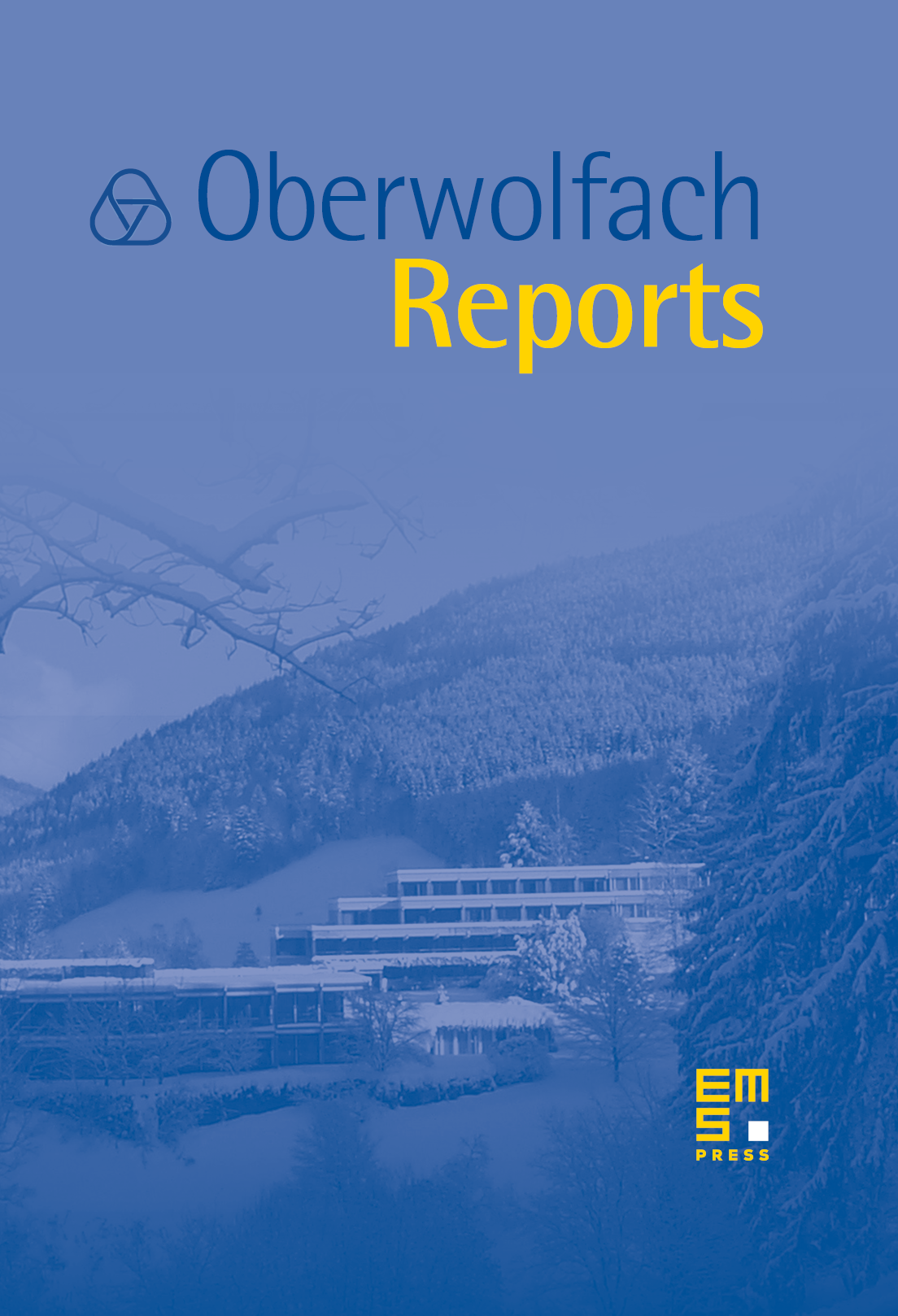Semiparametric and Nonparametric Methods in Econometrics
Yacin Ait-Sahalia
Princeton University, United StatesJoel Horowitz
Northwestern University, Evanston, United StatesOliver Linton
University of Cambridge, United KingdomEnno Mammen
Universität Heidelberg, Germany

Abstract
The main objective of this workshop was to bring together mathematical statisticians and econometricians who work in the field of nonparametric and semiparametric statistical methods. Nonparametric and semiparametric methods are active fields of research in econometric theory and are becoming increasingly important in applied econometrics. This is because the flexibility of non- and semiparametric modelling provides important new ways to investigate problems in substantive economics. Many of the most important developments in semi- and nonparametric statistical theory now take place in econometrics. Moreover, the development of non- and semiparametric methods that are suitable to the needs of economics presents a variety of mathematical challenges. Econometric research aims at achieving an understanding of the economic processes that generate observed data. This is different from fitting data that may be useful for prediction but that do not capture underlying causes. A large part of economic theory consists of models of equilibria of competing processes. Statistical data are a snapshot of the equilibrium but, by themselves, do not reveal the processes that led to the equilibrium. Consequently a reduced form model (e.g.\ a conditional mean function) does not suffice for much economic research. Achieving an understanding of the economic processes requires a careful combining of economic theory and statistical considerations. This often requires the development of statistical tools that are specific to the problems that arise in economics and are unfamiliar in other statistical specialties. For example, econometric research has focused on developing methods to deal with endogenous covariates (that is, covariates that are correlated with a model's error terms), time series models that fit equilibria as stationary submodels (cointegration), and time series models for volatility processes (conditional variances) in finance. Semi- and nonparametric methods are being used increasingly frequently in applied econometrics. The models are not necessarily of the simple form of classical regression, "response = signal plus independent noise," where the signal can be recovered by nonparametric smoothing of the responses. Rather, the nonparametric functions enter the model in a much more complicated way. Mathematically this has led to challenging problems. Identifiability of a model is much more involved in nonparametric model specifications. In particular, this is the case for nonseparable models where the error terms do not enter additively into the model. Some nonparametric inference problems with endogenous covariates lead to statistical inverse problems and require the study of estimates and solutions of noisy integral equations. The mathematical analysis of nonparametric time-series models and of nonparametric diffusion models is strongly related to research in stochastic processes, Markov processes, stochastic analysis and financial mathematics. Empirical process theory is an essential tool for the understanding of uniform performance and of convergence rates of nonparametric estimates and for efficiency considerations in semiparametric models. All these problems were topics of talks and discussions at the workshop. The mathematical development in econometrics is complimentary to recent statistical applications in biology. There, the focus tends to be on dimension reduction for the statistical analysis of high-dimensional data. The intellectual charm of mathematical research in modern econometrics comes from the interplay between statistical and economic theory.
Cite this article
Yacin Ait-Sahalia, Joel Horowitz, Oliver Linton, Enno Mammen, Semiparametric and Nonparametric Methods in Econometrics. Oberwolfach Rep. 4 (2007), no. 2, pp. 833–886
DOI 10.4171/OWR/2007/15